Search the Special Collections and Archives Portal
Search Results
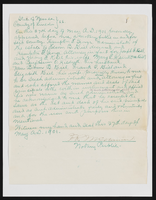
Title bond (notarized)
Date
Archival Collection
Description
Text

Statement of receipts and disbursements: Levi Syphus
Date
Archival Collection
Description
Text
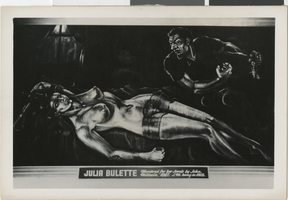
Postcard of Julia Bulette and John Millain scene, Virginia City, Nevada, 1867 - early 1900s
Date
Archival Collection
Description
Image
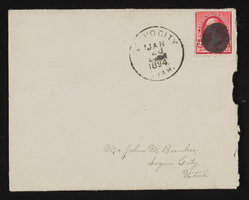
Letter and envelope from Mary Etta Syphus, Provo City, Utah to John M Bunker, Logan City, Utah
Date
Archival Collection
Description
From the Syphus-Bunker Papers (MS-00169). The folder contains an original handwritten letter, an envelope, a typed transcription of the same letter, and a copy of original letter attached.
Text
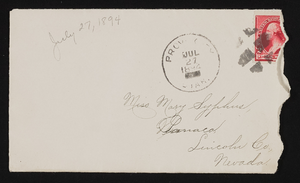
Letter and envelope from Rose Young, Provo City, Utah to Mary Etta Syphus, Panaca, Nevada
Date
Archival Collection
Description
From the Syphus-Bunker Papers (MS-00169). The folder contains an original handwritten letter, an envelope, a typed transcription of the same letter, and a copy of original letter attached.
Text
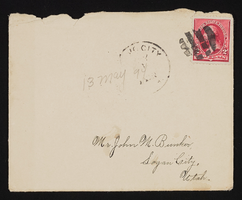
Letter and envelope from Mary Etta Syphus, Provo, Utah to John M. Bunker, Logan Utah
Date
Archival Collection
Description
From the Syphus-Bunker Papers (MS-00169). The folder contains an original handwritten letter, an envelope, a typed transcription of the same letter, and a copy of original letter attached.
Text
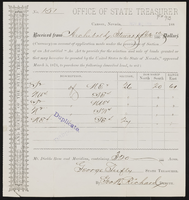
Archibald Stewart real estate documents
Date
Archival Collection
Description
Archibald Stewart real estate documents
Text

Correspondence, Levi Syphus to Sadie George
Date
Archival Collection
Description
Text
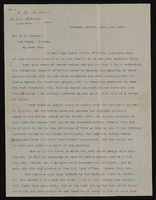
Correspondence, F.R. McNamee to H.E. George
Date
Archival Collection
Description
Text

Correspondence, Levi Syphus to Sadie George
Date
Archival Collection
Description
Text
